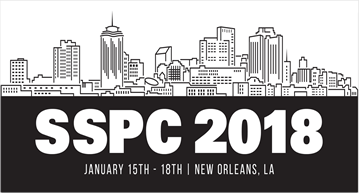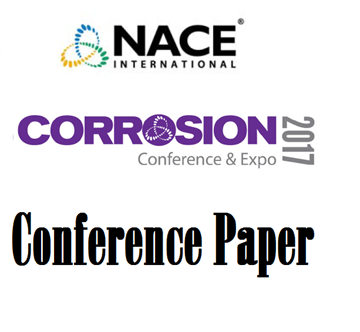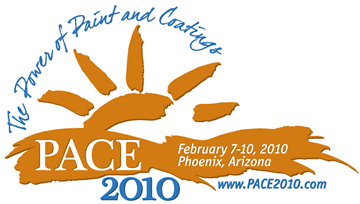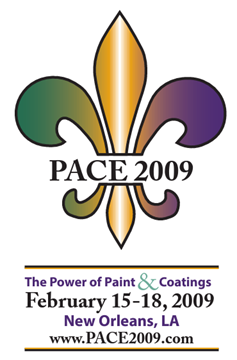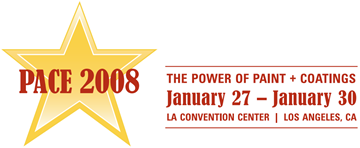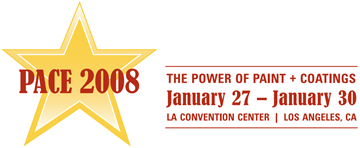Search
Individual Conference Papers
View as
Sort by
Display
per page
Optimizing Sour Gas Qualification Testing – Modeling the Effects of Temperature and Total Pressure on H2S Fugacity, Activity, and Solubility Coefficients
Product Number:
51323-18762-SG
Publication Date:
2023
$20.00
Optimizing Sour Qualification Testing – Verification of H2S Solubility From H2S/N2 Gas Mixtures up to 20,000 psig at 70 °F
Product Number:
51321-16317-SG
Publication Date:
2021
$20.00
Optimizing Wallpaper Cladding Repair of WFGD Air Pollution Control Systems in the Power Industry
Product Number:
51317--9365-SG
ISBN:
9365 2017 CP
Publication Date:
2017
$20.00
Organic corrosion inhibitors for the prevention of stress corrosion cracking in 5XXX-series aluminum
Product Number:
51323-19223-SG
Publication Date:
2023
$20.00
Organizing And Developying Volunteers To Preserve Historic Army Tanks For a Military Museum
Product Number:
51218-095-SG
Publication Date:
2018
$20.00
Organofunctional Silane Corrosion Inhibitor Surface Treatment of Concrete to Mitigate Corrosion Due to Chlorides or Carbonation
Product Number:
51317--9130-SG
ISBN:
9130 2017 CP
Publication Date:
2017
$20.00
Outdoor Performance of One-Coat Systems Applicable to New Steel Bridges
Product Number:
41210-545-SG
Publication Date:
2010
$20.00
Overcoating Lead Based Alkyd Paint on Steel Penstocks: Practical Experience Using a high Ratio Calcium Sulfonate Alkyd (HR CSA) System
Product Number:
41209-498-SG
Publication Date:
2009
$20.00
Overcoming Obstacles to Repaint a Unique Structure – From Initial Planning through Project Completion
Product Number:
41208-428-SG
Publication Date:
2008
$20.00
Over-the-line Potential Surveys for Indirect Condition Assessment of Water/Waste Water Pipelines: Case Studies
Product Number:
51319-13003-SG
Publication Date:
2019
$20.00





